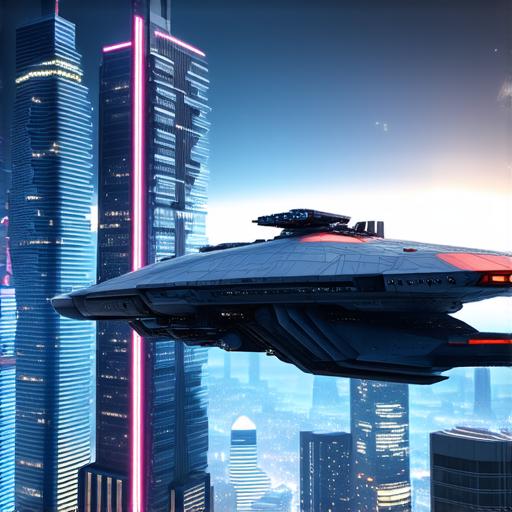Introduction
Unity 3D is a powerful game engine that has been used to create everything from simple 2D games to large-scale AAA titles. One of its key features is its built-in rendering capabilities, which allow developers to create high-quality graphics with minimal coding. In this article, we will take a closer look at Unity’s rendering system and explore the various tools and techniques available for optimizing your workflow.
What is Rendering?
Rendering is the process of generating 3D images and video from 3D models and textures. It involves several stages, including scene setup, lighting, camera movement, and post-processing effects. Each stage is critical to achieving the desired visual quality and performance. In Unity 3D, rendering is managed through a series of settings and configurations that can be adjusted to suit your specific needs.
Understanding Unity’s Rendering Pipeline
Unity’s rendering pipeline is a series of stages that are applied to your scene in order to generate the final output. The pipeline consists of several layers, each of which can be customized to achieve the desired visual effects. These layers include:
- Shader Graphs: These are used to define the look and feel of your objects in the scene. They allow you to create complex materials with advanced lighting and shading effects.
- Lighting: This stage involves setting up the light sources in your scene, including point lights, directional lights, and ambient light. You can also apply post-processing effects, such as bloom and vignette, at this stage.
- Camera Settings: In this stage, you can adjust camera settings such as field of view, aspect ratio, and focal length to achieve the desired perspective.
- Anti-Aliasing: This stage involves applying anti-aliasing techniques to reduce the appearance of jagged edges in your scene.
- Post-Processing Effects: In this final stage, you can apply additional post-processing effects such as color correction, depth of field, and motion blur.
Optimizing Your Workflow for Maximum Performance
While Unity’s rendering capabilities are impressive, optimizing your workflow for maximum performance is critical to achieving the best possible results. Here are some tips for optimizing your Unity 3D rendering:

- Use Shader Tweaks: Shader tweaks allow you to adjust the performance settings for individual shaders in your
